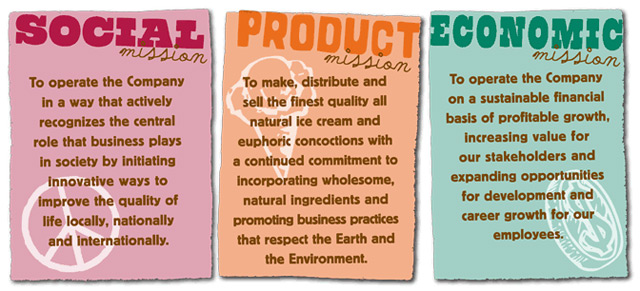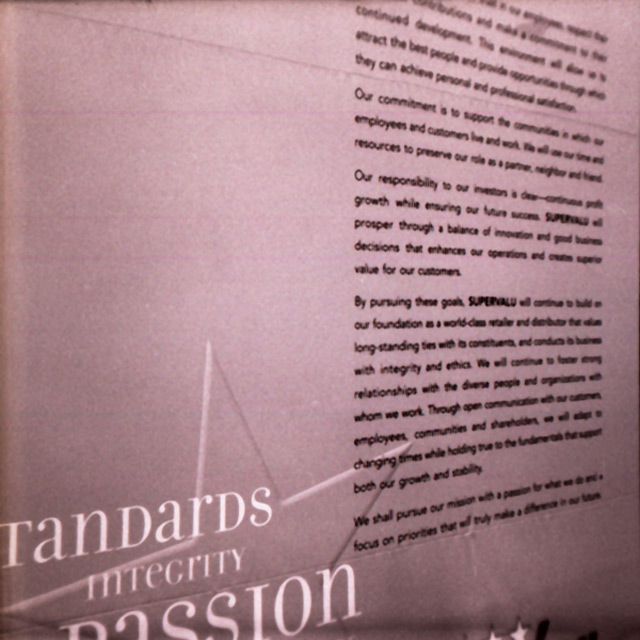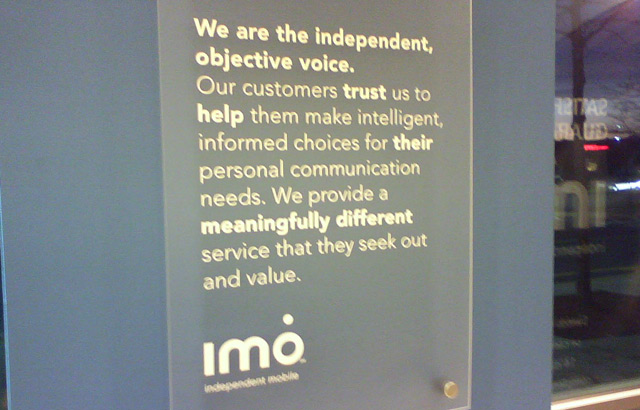The traditional way of meeting others at writing and publishing conferences and events doesn’t always work. At large events, you are a face in a fast moving crowd. Many conferences are heavily programmed, with 2-12 sessions to choose from per time slot. Ideally, a good event is a well-attended one, but the side effect is that it’s harder to chat with people at large events unless you are very social, or have an established network.
So today I want to explore how you can get more out of in-person professional events by using Twitter and blogs. The funny thing is, some of these tactics work even if you aren’t at the event.
The publishing world recently had a bunch of back-to-back events, most of which I attended: Book Camp, Tools of Change, Writers Digest Conference, Digital Book World, and AWP. The tips I am going to share are things I observed others doing: savvy, smart, useful things. From memory, these are some things I saw from the following folks: @VirtualDavis, @TheWriterMama, @Porter_Anderson, @JaneFriedman, and @RonHogan, but there are certainly others I am forgetting.
Each of the tactics below helped put the person who used them closer to the center of the conversation, helped others get more value out of the event, and connect people to each other. And of course, there work helped make the event itself a success. Huge benefits for everyone involved!
- Follow Twitter event hashtags for weeks before and after the event.
When Tweeting about an event, use the official Twitter hashtag for that particular event. For those I recently attended, these were their hashtags: #dbw11, #awp11, #wdc11, #toccon, #book2, etc.People begin following these hashtags well before the event starts and well after it ends. This is your chance to begin getting value out of the event and making connections before you ever set foot in the room.
Before the event, share your anticipation, how you are preparing,
and ask questions. After the event, share your takeaways, and links to recaps and presentations that people post. - Create a blog post before the event about why it is valuable.
In-person events have a life long before and long after the time you are there. People are planning to attend, to speak, and anticipating who will be there, and the value they will receive for their investment in travel, their time, or the cost of the event itself.Begin writing about the event weeks before it happens, letting people know why you are going to it, speaking at it, or looking forward to hearing about it.
This helps start conversations, it helps promote the event, and begins to set expectations for others attended or interested.
Even if you aren’t going to the event, you can do this. Since you will be getting real-time reports while the event happens, this is your way to get into the conversation.
- Use hashtags and @names liberally.
Twitter is not a broadcast medium – engage with those who are attending the event, who are like minds. Share the work of others by using their @names, talk to them directly, and ReTweet your favorite Tweets. It’s up to you as far how far you take this, you want to find a balance between being present, and being overwhelming! - Create a guide to the event – what sessions you are attending and why.
I seem to remember @JaneFriedman doing this for AWP, which was INCREDIBLY helpful for me. AWP is a huge event, and I only had 1.5 days there, with dozens and dozens of options for sessions to attend. Jane laid out the sessions that she was attending for each time slot. I have an incredible amount of respect for Jane, so her schedule became my schedule for the times I could attend a session.It is this type of filter that social media gives us – a personalized take on the event
- Create a blog post after each session – what you got out of it, who was there.
Plenty of people give recaps of the events overall (and I love these), but it can be very helpful to give specific recaps and details for each session you attended. I believe Christina Katz did these – and they were very helpful because they helped spread the message of individual speakers, and for those who weren’t in attendance, it gave them a more granular view of the value of particular session topics. - Create recaps quickly
There are more people Tweeting from events and doing recaps via blogs. Quality is of course the real value, but if you can also match this with speed, then you get people who couldn’t be in attendance talking about sessions hours after an event – while it is still happening, instead of waiting days later to hear about it, long after it’s over. - Build relationships early
At an event, oftentimes there are people you want to meet, maybe they are speakers or attendees, but you don’t always get the opportunity to do so during the event. Maybe there are a precious few moments to make a connection, and it’s hard to always relate the context of who you are so quickly.With Twitter and blogs, it gives you a chance to get on their radar early, to make connections early, to extend the value that meeting at an event (before, during, and after) gives you.
- Share photos
Lots of people Tweet about an event, but not as many share photos, showing you exactly what the sessions looked like, and seeing the faces of people who are there. This gives people more context, and makes everything a bit more personal. - Focus on people, not just topics.
YES, we learn a lot at events, new ideas, new examples of what works and what doesn’t – but making real connections to others is often he reason people get on a plan or take 3 days off work. So when sharing the event, use photos of real people, using their names, quoting them directly. Help promote people, not just ideas. - Look for quotes that are shareable.
I don’t want to reduce the world to soundbites, but there is a value in finding a brilliant shareable quote that gets someone’s message across. You see these happen via Twitter… someone shares a great quote, and it spreads like wildfire, being ReTweeted by dozens of others.And of course: ReTweet quotes that others share. You see relationships build on Twitter, just by people sharing each other’s thoughts.
- Create HELPFUL content for others.
Look for opportunities to help others. If many attendees are traveling to a new city, create a travel guide, if you know a lot of attendees have never been to an event before, create a primer on how to get the most out of it. I’ve seen people do this via video, blogs and photos. @FuseEight once did a great video going through the ‘swag bag’ at event – and giving tips on how to get through registration quickly. These seem like little things, but they help people go from ‘outsider’ to ‘insider’ before they event arrive.In December, I attended the first Book Camp event in NYC, which uses an unconference format. For the second Book Camp in February, I shared a photo recap of the earlier event to give people a taste of what the event – still unusual in its format – would be like. I had someone come up to me at the event and thank me for that – it gave him proper expectations for the day.
Even a guide to the best coffee at an event would likely be welcome to many!
- Know people’s Twitter names ahead of time.
Know who is going ahead of time, know their Twitter names and be prepared to use them. I watched @RonHogan do this at one session at Book Camp – he pretty much knows everyone in publishing – and it was neat to be at discussion, following it on Twitter, and see him spout of a ton of Twitter names of all the folks sitting around him. He so innately connects the in-person world to the social media world, and doing so brings the conversation to another level.Maybe you won’t know the Twitter names for everyone at an event you are going to, but at least know the names of the speakers for the sessions you are attending. The more you prepare, the easier you will find it to create more value for others.
- Extend the value of an event from days to weeks.
With twitter and blogs, an event lasts weeks before and weeks after. How you engage with an event online can do a lot to make new connections, help create useful content for those attending and those who couldn’t, and yes, even raise your profile among those in an industry.
-Dan




